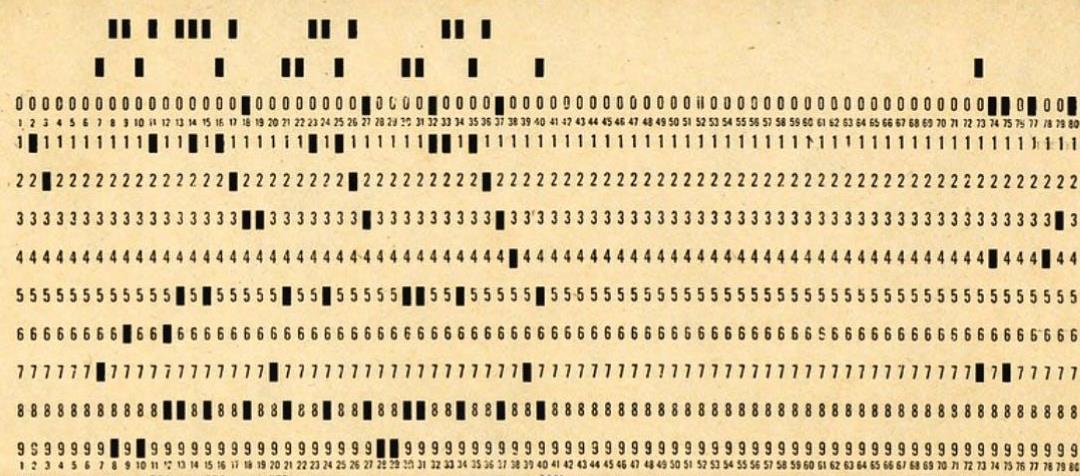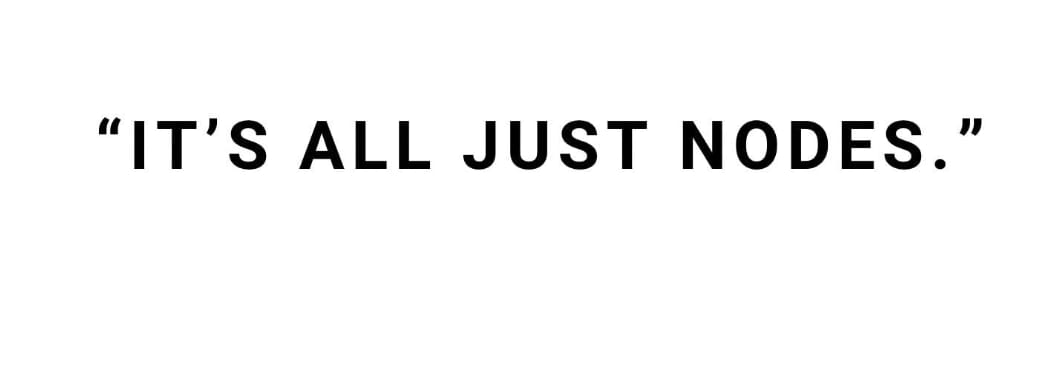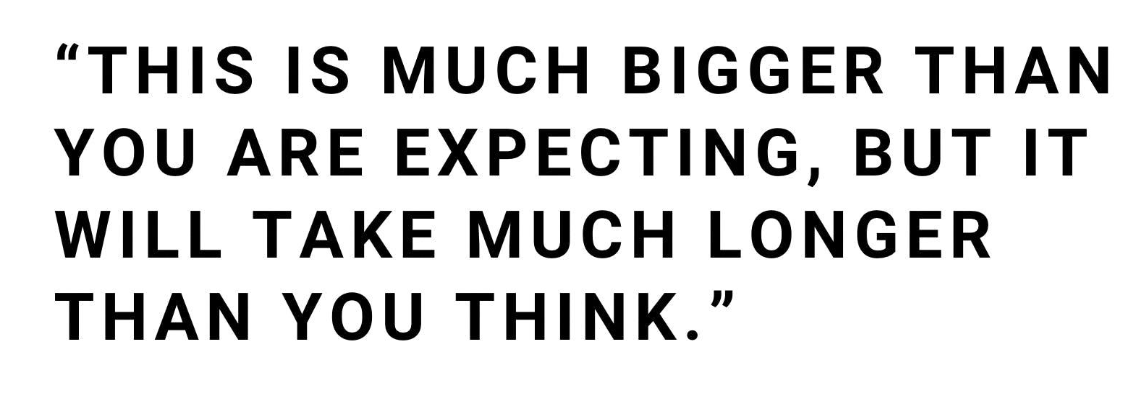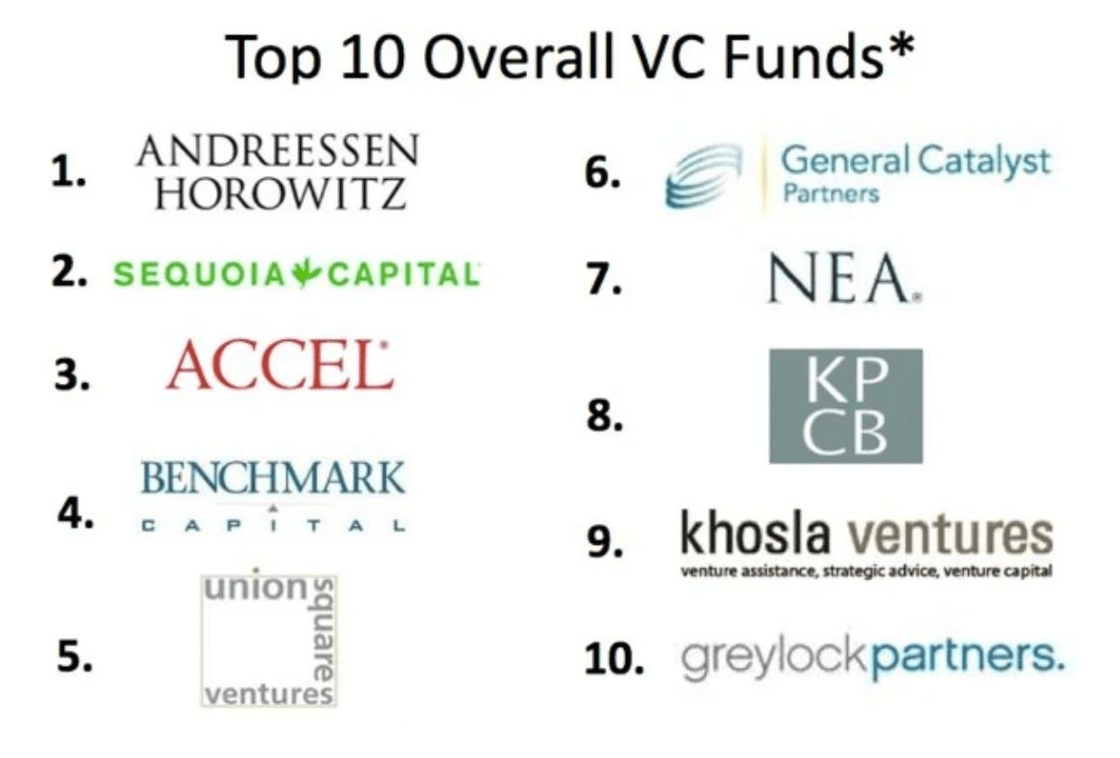Technological Reshuffling: The Evolution from Internet Bubble to Cryptocurrency
Author: M6 Labs
My dad has a rather exceptional view of the entire internet technology system ------ after all, he was there from the very beginning.

What does this have to do with crypto? Give me a moment to explain:
When my dad started his Bachelor’s degree in Computer Science in 1979, he didn’t even interact directly with computers; his courses were entirely theoretical (based on textbooks and lectures) or involved programming with punch cards. There was no internet, no HTML, and no standard protocols at that time.
The world was completely different, primarily because computers didn’t really impact our daily lives.

Punch cards are these things (Image source: DullHunk on Flickr)
Eventually, my dad’s career took him on a winding path, from computer-aided manufacturing (one of the earliest use cases for commercial computing) to teaching system administration at a technical college in the last 10 years of his career. Now he’s retired, but that’s another story.
Do you remember the early internet?
Yes
No
A few days ago, I called him to talk about commercial computing, the early days of the internet, and how they compare to crypto. Here’s what he said:
1. The internet is very similar to blockchain

I never thought there was a cohesive concept of an 'internet' until it was truly defined in the late 1980s. Before that, there were corporate computer networks, interbank networks, and educational networks. Meanwhile, a permissionless, 'self-hosted' network, namely the internet, was evolving and gaining attention.
What exactly is the internet? It’s a series of interconnected servers that connect to each other in a resilient, permissionless, and open manner. What does that mean?
Open: There is no single gatekeeper that internet users must go through.
Resilient: If one 'node' in the network goes down, the network remains active.
Distributed: The internet is not a single entity; it has no single source.
Permissionless: Anyone can participate in the network.
These characteristics sound very similar to something else we know and love: cryptocurrency and the ledgers they reside on. Of course, there are some differences; the internet has no tokens. Nevertheless, it’s worth looking at the similarities between them.
Notably, none of these features are guaranteed ------ they are all things to strive for. Major companies (Microsoft, IBM, etc.) have sought to create their own 'closed' internet that they can control and charge users for. Other networks are closed for specific industries.
As an interesting byproduct, the U.S. federal government is the undisputed original source of internet technology and the ideas behind it, a fact often overlooked by the cryptocurrency and tech industries.
Conclusion: Blockchain shows incredible analogies to the internet. This analogy extends in many ways; therefore, we can use the internet and its evolution to inspire our thinking about the world of cryptocurrency.
2. Protocols, Version 2.0

In the early stages of cryptocurrency, standards had not yet been established. Various 'standard' protocols for applications were developed, primarily a mishmash of incompatible or non-functional solutions.
Slowly, single-use protocol standardization brought integration to the field, most notably TCP/IP. But it never accumulated value; those who built the internet technology stack kept it open and never charged rent.
What about profiting from TCP/IP?
Applications built on it: Facebook, Google;
Infrastructure supporting its operation: Cisco, Alcatel;
Tools implementing the protocols: NVIDIA, TSMC, Apple;
There are two ways to view this paradigm:
Cryptocurrency is different because it allows protocols to accumulate value.
Cryptocurrency protocols are ultimately worthless; the most valuable in the future will be the applications. This idea is elaborated in an article by Joel Monegro, a partner at Placeholder Ventures. You can read it here.
Personally, I believe both protocols and applications can accumulate value: Ethereum needs to have value to be an effective custodian of assets; otherwise, it is economically insecure. Likewise, applications can charge based on their utility. It indeed feels like Ethereum's shift to a net inflation 'currency' model after the merge, through burning fees, is a significant step in changing the 'thin (worthless) protocol' paradigm.
Conclusion: While many in the cryptocurrency space envision a multi-chain future, TCP/IP is actually an example of moving towards a single, large protocol ------ which is an interesting data point. Can its equivalents (Ethereum, other L1s) accumulate value? Or will applications ultimately become the most valuable assets in cryptocurrency?
3. A reshuffling will occur

In the incredible tech boom of the late 1990s, which helped create one of the few budget surpluses in U.S. history, the internet drove banks and the stock market, leading to the so-called "internet bubble" bursting when valuations became disconnected from reality.
Capital evaporated, and the weak exited: investments, companies, projects, retail investors, and those without commitments left, creating a consolidation effect. My dad referred to this process as "creative destruction," because while it was painful, it led to competitors that truly created value for the world (and investors), while the initial phase of rise (the bubble) was merely about how capital markets created space for speculative bubbles.
Conclusion: Are we currently in a reshuffling? Or will there be another rise before the real reshuffling? In either case, the weak will exit (are exiting).
4. This will take a long time

How does my dad view today’s crypto entrepreneurs? He said, "They are kids; once they start to look like adults, that’s when we’ll see crypto change the world."
It’s hard to know whether the pace of crypto’s progress is faster or slower than that of Web 1.0 and 2.0, and even harder to know exactly how this progress will unfold ------ but one thing is certain: it will take longer and be more difficult than expected.
I really liked this tweet; it clarifies things:

The trivial details and day-to-day specifics of particular projects are ultimately foolish ------ what we need to focus on are the epoch-making, hereditary changes.
Conclusion: Patience is crucial.
5. Marc Andreessen is right, unless proven otherwise

One of the key figures in the Web2 and Web3 worlds? Marc Andreessen, founder of the venture capital firm A16Z. While this venture capital firm has a certain reputation in the crypto space (spray, pray, and never sell), it has another reputation in Web2: being one of the greatest technology investors of all time.
Really: CBInsights, Forbes, and InvestorRank all agree. Their average annual returns tell a similar story.

People in the crypto space may not necessarily realize that Marc Andreessen has been around for a while, initially as the founder of the first web browser (Mosaic, later known as Netscape), and now, as one of the greatest technology investors in Web3, focusing on the crypto space. His views carry weight, and their ideas and thoughts about ownership on the internet should not be underestimated.
Although the recent generation of Web2 founders likes to criticize Web3, it feels like many early internet OGs (original gangsters) can appreciate this.
Will things really change?
While technology cycles accelerate and transform in unpredictable ways, our models for how specific technological innovations develop and diffuse have remained unchanged. Power law distributions combined with exponential growth create billions of dollars in economic growth for founders, employees, investors, and yes, customers (remember, crypto needs this too).
Conclusion: The older generation mostly stands on our side. Overall, critics mainly come from the latest generation of tech founders or those who were not internet enthusiasts from the start!









